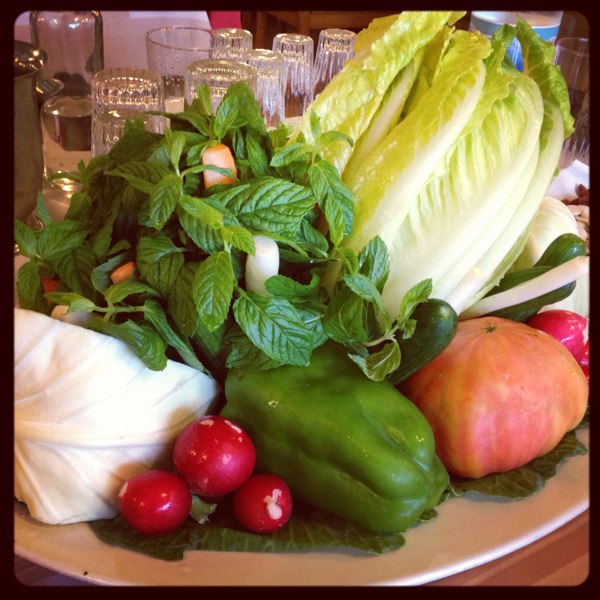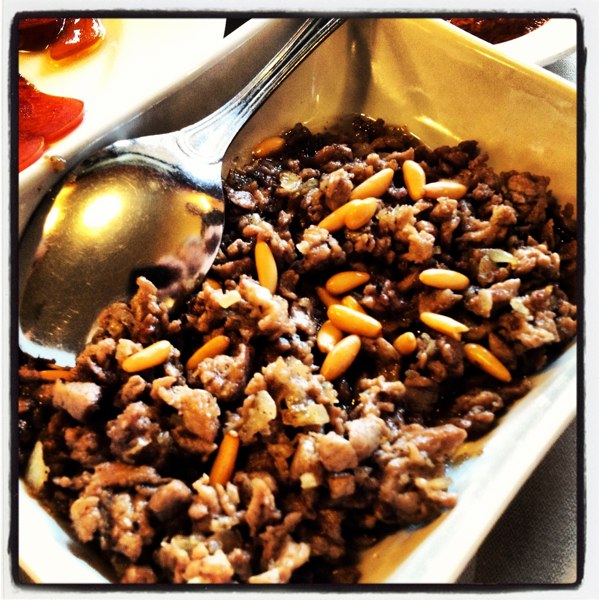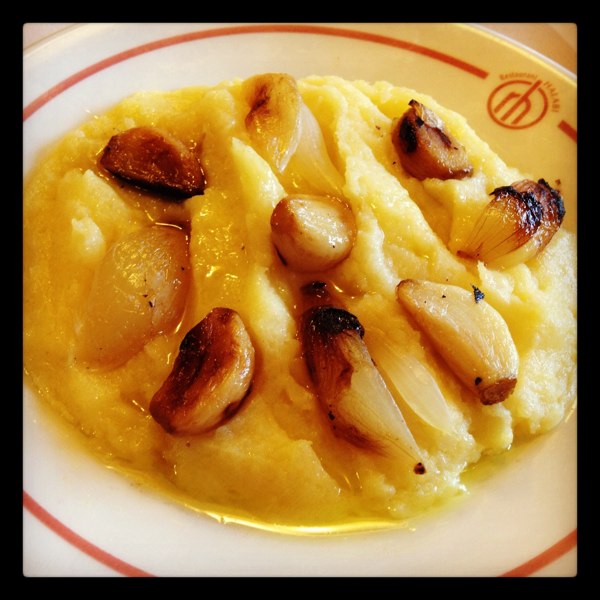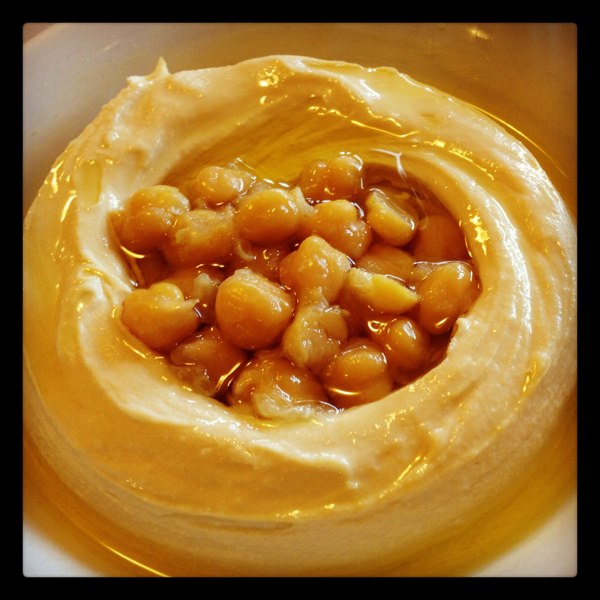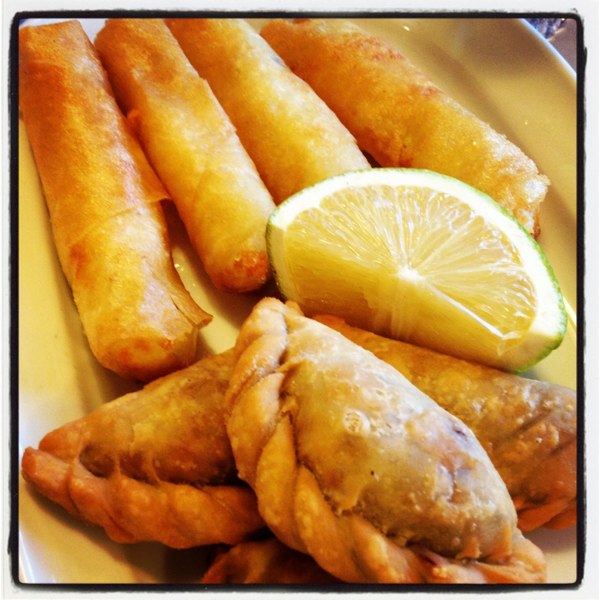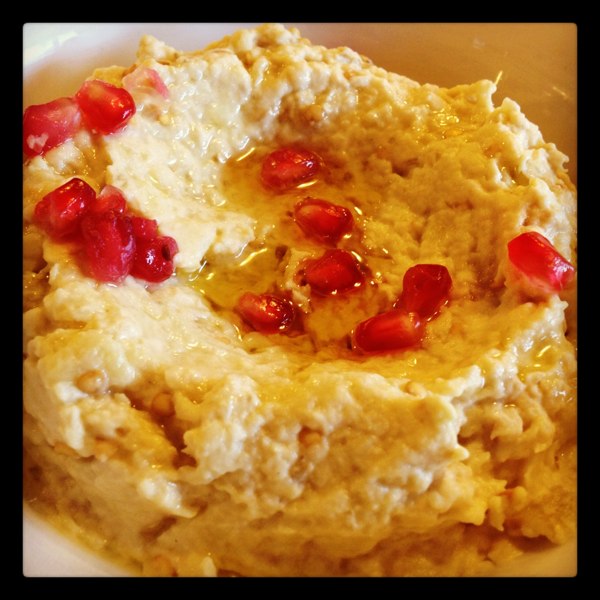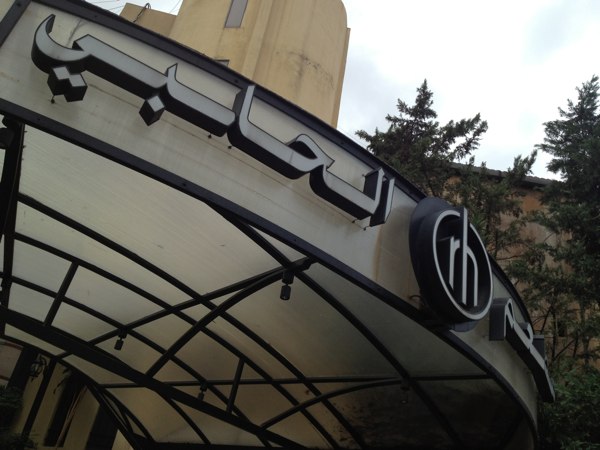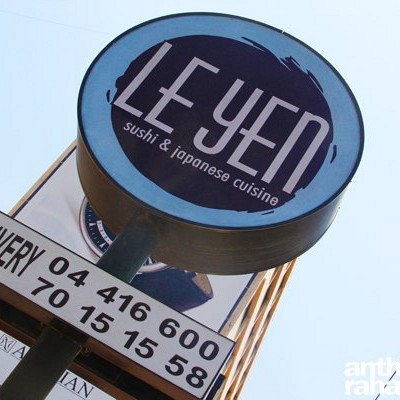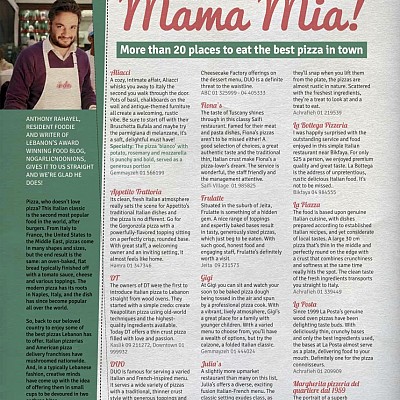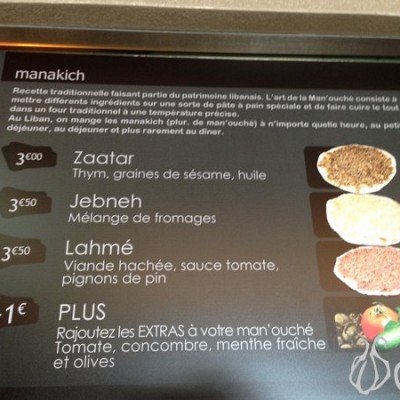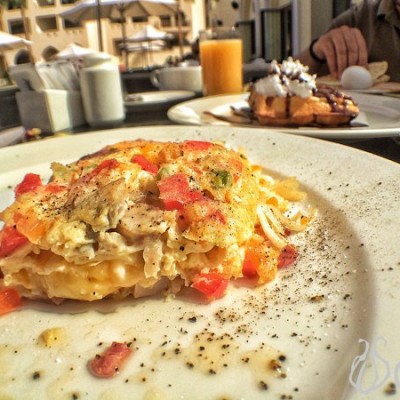Much has already been written about Al Halabi restaurant in Antelias, and much more could be written.
But only one word fully encompasses this pre-Civil War haunt – a dish to enlighten the ignorant and turn skeptic to believer: hummus. The hummus comprises nothing more than what it should: pummeled chickpeas, tahini, lemon juice, garlic, salt and olive oil. Yet Al Halabi’s hummus has brought food critics, amateur locals and foreign globe-trotters to their literary knees. It has inspired them to label it the unqualified “best,” and seduced them to write tantalizing comparisons bordering on the pornographic. A review in Esquire U.K. magazine likened Al Halabi’s dish to the lurid genius of Vladimir Nabokov’s “Lolita” when compared to vulgar, “Fifty Shades of Grey”-caliber hummus. Praised, worshipped, and turned to cliche, in short, this hummus is worth it – whatever “it” may be.
Al Halabi, located on the main roundabout in Antelias just north of Beirut, has operated since 1973 and offers around 150 different items that can be taken out or eaten in. The menu is as versatile as it is delicious. Owned by the Naccache family, Halabi refers to the family’s nickname that was inherited four generations ago. “The nickname was given to my great-grandfather, who used to fight against the Ottomans during the Ottoman rule of Lebanon,” said Michel Naccache, the young heir apparent to the Al Halabi dynasty. The myth around the Halabi name remains just that, and may or may not have origins in Aleppo, where the ancestor took refuge for a while. Family legend has it that Naccache’s great-grandfather numbered among the kabadayat, thuggish men charged with protecting their neighborhoods. The first course mezze offerings made clear that eight hours of pre-dinner fasting were insufficient for the amount of eating ahead. Plates of fresh vegetables, pools of olive oil collecting in hummus, creamy moutabbal, homemade pickles and garlicky tahini spread decorated the table set for 10.
The hummus lived up to its reputation: a fluffy nuttiness that split the tongue’s focus between its creamy texture and rich buttery flavor. Naccache would not reveal any family secrets, but hinted ice was involved in the process and that the chickpeas are pureed for longer than usual. The moutabbal – smashed, grilled eggplant with tahini and lemon juice – had a similar smoothness interrupted by fibrous eggplant and bursts of tangy pomegranate seeds. Among the typical mezze offerings were unexpected dinner guests: a small plate of garlic mashed potatoes coveted by the foreigners present; mohamra, a sweet and spicy nut puree; and slices of mild, orange-colored caviar with a slice of garlic garnish. Waiters offered regular pita bread, which largely went ignored by the guests familiar with Al Halabi dining who knew that the better bread was still to come: hot flatbread from the saj – a dome-shaped grill – and cooked fresh several meters away.
One of Al Halabi’s charms is the woman stationed every day in the dining room preparing saj bread in the traditional way: Stretch a piece of dough in a thin circle, flop it on a straw-stuffed cushion and flip it onto a hot iron saj. The bread is chewy and fresh, and made all the better by the sight of its preparation. Like the name, Al Halabi’s recipes were inherited from the Naccache family. Today, family members still work in the kitchen, and the restaurant has employed some of its staff for decades. They can recount, for example, how armed men during the Civil War used to put their guns down on the table, order a meal and leave without paying. Attention to service goes beyond valet parking and well-dressed waiters; Al Halabi transformed their dining room to house smoking and non-smoking sections in less than three weeks. An impressive feat, Naccache said, to anyone familiar with the restaurant business. The second course offered a tour of kibbeh, conveniently placed on a wooden board in the order in which they should be eaten.
Start with the lahme nayeh, minced raw goat meat, mashed with some garlic paste. Proceed to classic kibbeh nayeh, raw goat with bulgur wheat, and add some salt. Move on to raw kafta, seasoned with parsley and garlic. Take a piece of raw liver, add a sliver of white fat, garlic paste and a mint leaf, and finish it all off with a piece of raw beef filet. To someone who has spent 20 years eating balls of ground meat, strictly grilled and stuffed between buns, the novelty of raw kibbeh is hard to top. But a small dish of what looked like pieces of butter-poached steak – if there is such a thing – melted in the mouth. Course three began with frogs legs, battered and coated in a citrus sauce; then came lemony asfour, tiny birds eaten with the bones and all, and dipped in sweet-and-sour pomegranate molasses. This was followed by trays of fried kibbeh balls and sambousek meat pies, hummus topped with pieces of beef filet, chicken grills and kafta skewers. Several glasses of palate-cleansing arak liquor were no match for the amount of meat consumed in one of Al Halabi’s traditional feasts; not a drop could be felt. With one course left and nearly every tray still half full, most at the table had thrown in the napkin and called it quits. Nevertheless, the waiters prepared a dessert spread on an adjacent table: candied preserves, fresh mango, grapes and strawberries and traditional Lebanese pastries. A spread of selected dessert comes complimentary because the family believes they are an essential closure to a meal, Nacacche said.
For those not fond of sugary sweets, the candied pumpkin jam was crunchy on the outside and smooth on the inside – free of the off-putting mealy texture occasionally found in homemade candied pumpkin. The sweet date jam was pleasantly offset by a nut at its center; the fig jam melted in the mouth; and the bitter lemon was a journey from sweet and pungent to endless chewy bitterness – an acquired taste. The final bite of the evening was ataif bil ashta – a small pancake with clotted cream filling – drizzled with honey syrup rather than the usual floral sugar syrup. The table welcomed waiters with sighs of relief as they wrapped up the meal with small cups of Arabic coffee. Eating at Al Halabi ranges from $25-$40 per person. But you don’t need frog legs, caviar or a table full of fresh mango to enjoy a meal – just taste the hummus.
March 04, 2013 01:33 AM By Beckie Strum
Read more: (The Daily Star :: Lebanon News :: http://www.dailystar.com.lb)


















